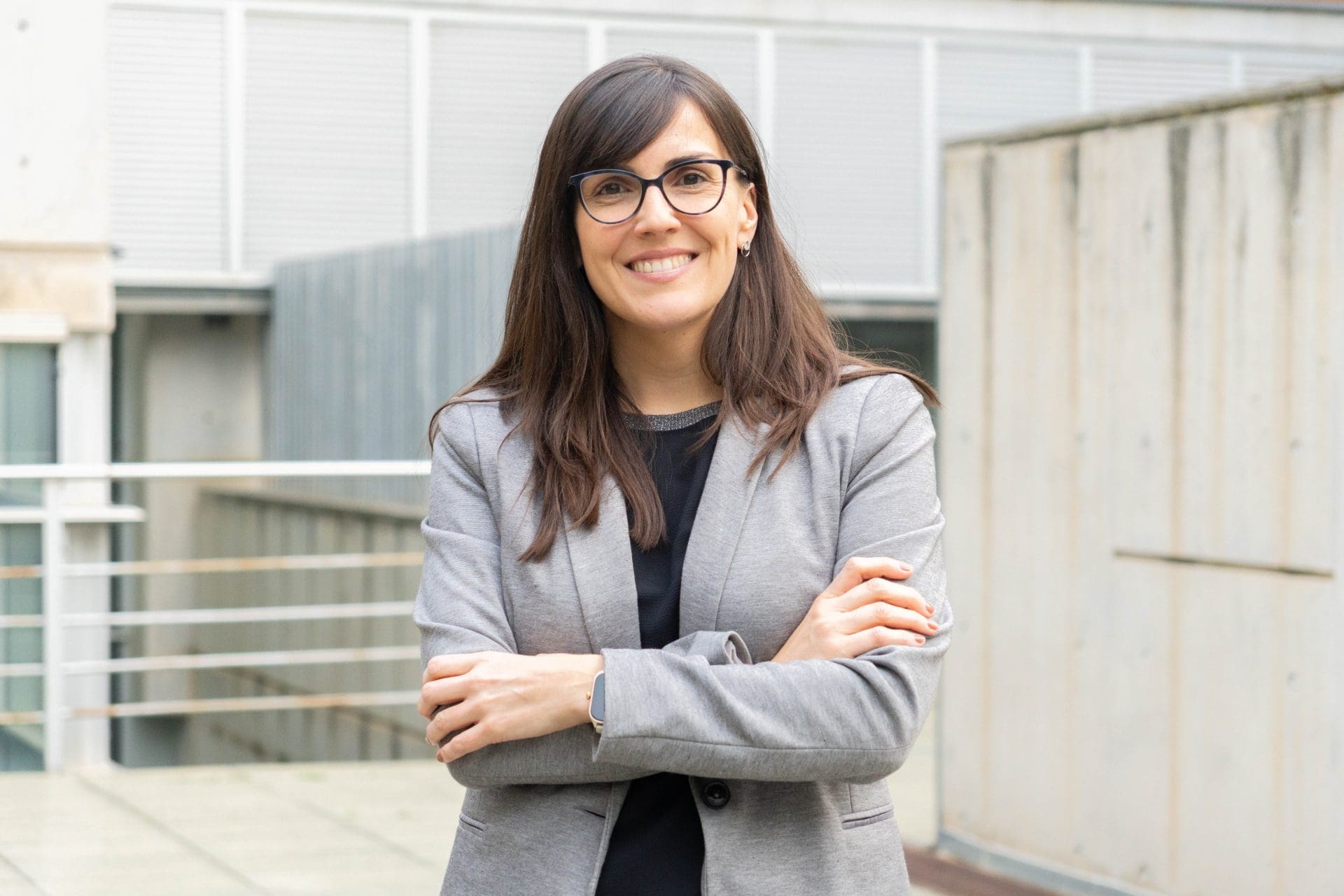Enantioselective Organo-Photocatalysis with bismuth-based materials as photocatalysts
1st December 2014 – By working collaboratively, Prof. M. A. Pericàs and Prof. E. Palomares groups have achieved the direct asymmetric α-alkylation of aldehydes with α-bromocarbonyl compounds using Bi2O3 and Bi2S3 as photocatalysts.
The development of enantioselective catalytic processes that make use of sunlight as the energy source and nontoxic, affordable materials as catalysts represents one of the new and rapidly evolving areas in chemical research. The first step in this direction was given by MacMillan and co-workers, when they merged organo- and photoredox catalysis to promote the direct asymmetric α-alkylation of aldehydes with a ruthenium-based catalyst. The problem is that ruthenium is a scarce and expensive metal and its compounds are highly toxic and suspected carcinogens. For these reasons, the identification of more convenient visible-light photocatalysts has become an area of intense research.
After a series of discussions between researchers from both groups, they decided to focus their research on the identification of photocatalytic materials that fulfil a series of basic requirements in view of large-scale applications such as low cost, low toxicity and a small band gap to enable visible light photocatalysis.
In this paper they report the use of Bi2O3 and Bi2S3 as photocatalysts in combination with a second-generation MacMillan imidazolidinone as the chiral catalyst to perform the α-alkylation of aldehydes with α-bromocarbonyl compounds with good yields and very high enantioselectivities. Bismuth materials are abundant, rather inexpensive and non-toxic. Therefore they represent a promising alternative to ruthenium complexes.
“The idea of collaboration was to combine the expertise of both groups to solve the problem of doing redox catalysis with materials that were cheap and non-toxic alternatives to ruthenium. When two areas of expertise are combined, the result is always more valuable than the two areas separately” –says Prof. Miquel A. Pericàs.
When asked about the collaboration between different groups, Prof. Emilio Palomares says: “The issue is to find a symbiosis between the expertise of different groups. I know very well about my field of research, but I also want to address issues in which I am not an expert. I do not work on catalysis, but if someone asks me to collaborate to do photocatalytic reactions, it seems to me that is an interesting opportunity to bring my experience into a more complex project.
The article has been selected as ‘Hot paper’ and has also been highlighted in Synfacts, issue 10, 1085.
Light-Driven Organocatalysis Using Inexpensive, Nontoxic Bi2O3 as the Photocatalyst
P. Riente, A. Mata Adams, J. Albero, E. Palomares, M. A. Pericàs
Angew. Chem. Int. Ed., 2014, 53, 9613-9616
Related news

Let's create a brighter future
Join our team to work with renowned researchers, tackle groundbreaking
projects and contribute to meaningful scientific advancements








 27-03-2025
27-03-2025 















